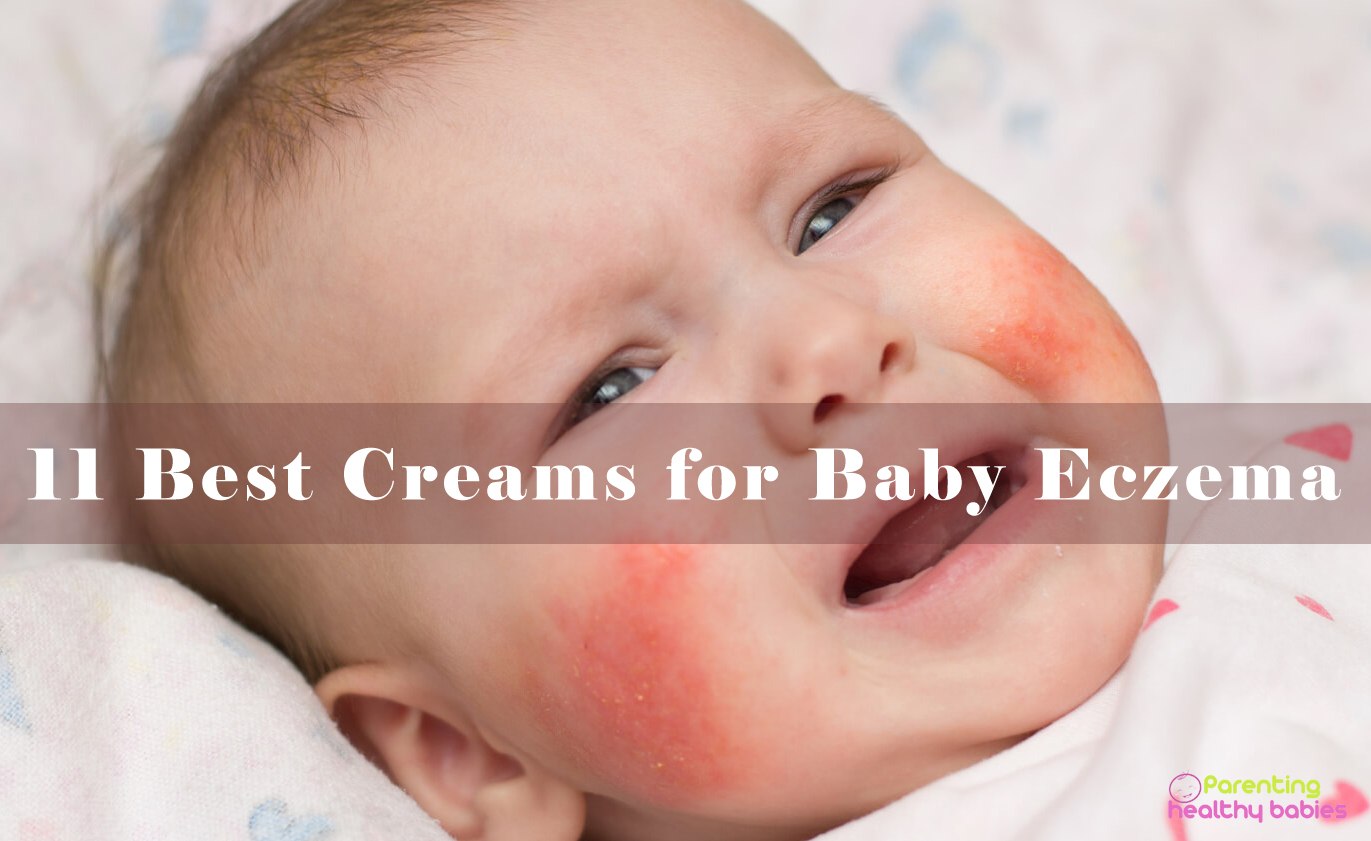Hand foot mouth disease is one of the most common diseases in children. It is caused by viral infection and is mild and contagious. The virus causing this disease is called coxsackievirus. The disease generally spreads during summer times and can spread all round the year in temperate climates. Though the disease is not life-threatening, yet the disease can cause a lot of discomfort. Children are the ones who are at high risk from this disease. This disease especially spreads among children, particularly in toddlers.
As such there is no standard treatment for this disease and only by controlling the symptoms, can this disease be controlled. Apart from this, good hygiene and healthy habits can also prevent further spread of infection. The first and foremost thing to do is to keep your children clean.
Hand-Foot-and-Mouth Disease in children

Source: Healthosphere
Symptoms of Hand-Foot-and-Mouth disease
The symptoms of Hand-Foot-and-Mouth disease that can be noticed after 1 or 2 weeks after the virus has been ingested. These symptoms include
- Fevers ranging between 101°F to 103°F
- Sore throat
- Painful and red blisters or lesions on tongue, gums and inside of the cheeks.
- Red rashes and blisters can be seen on hands and feet and also on the buttocks.
- Infants and toddlers with this disease can feel highly irritable
- Loss of appetite
The first thing that can be noticed is the onset of fever and other symptoms that follow such as the blisters and rashes and sore throat, that can hinder your baby from drinking fluids. This is the time to see the doctor, because a fever might not be a better indication, but the onset of the above mentioned symptoms can be the best indication of hand-foot-and-mouth disease. If you notice such symptoms, visit your doctor at once.
Causes of Hand-Foot-And-Mouth Disease
As mentioned above, hand-foot-and-mouth disease is caused by a virus known as coxsackievirus A16. This virus belongs to a group known as nonpolio enteroviruses. The disease spreads through oral ingestion and it can spread from contact with infected person’s:
- Nasal secretions or throat discharge
- Saliva
- Fluid from blisters
- Stools
- Respiratory droplets that are sprayed in air from cough and sneeze
One of the biggest reasons for the spread of this disease in children and particularly toddlers and infants are the places that they are to. These places include daycare centers or play schools where diaper change is a daily routine and also because toddlers and infants usually keep their hands in their mouths and play with other kids. This spreads the disease causing virus rapidly. Children who are below 10 are at risk from this disease and children aged 5 and below are very susceptible to this disease.
In children, after ingestion, the virus can spend some days or few weeks in incubation before showing up any symptoms. The virus can even spread from a child who had been ill with the disease and has recovered, even after few weeks after the symptoms have subsided. So, if you have a child who has recovered from this disease, you must be careful because your child can still spread the virus. As your child grows, he or she develops enough immunity to the virus after exposure. But, there is a small risk factor in adults and adolescents to get this disease.
Diagnosis of Hand-Foot-And-Mouth Disease
Hand-Foot-And-Mouth Disease is diagnosed mainly by considering factors such as
- The age of the patient
- Symptoms the patient is showing and
- The way the rashes on the body and mouth sores look
After looking into these factors and examining the symptoms, samples from throat or stool samples are collected and sent to laboratory to test for the virus.
Risk Factors
Below are the risk factors of this disease
- Dehydration: Particularly in children, dehydration can be very risky, when compared to adults. If dehydration becomes severe, intravenous fluids could be necessary.
- Sore throats: Sore throat and mouth sores can make swallowing difficult and painful. Make sure that your child has good amounts of fluids. Give them cool fluids to help relieve sore throats.
- Things to avoid: avoid giving acidic and spicy foods and drinks to your child. These can make sore throats more painful.
Treatment and Prevention
There is no vaccine against Hand-Foot-And-Mouth disease causing virus and there is no specific treatment for this disease. One way to get relief is to counter the symptoms with over-the-counter medications to relieve from pain and fever. Please do not use Aspirin for children. Use mouthwash or sprays to numb pain in the mouth.
Read More: 21 Natural Home Remedies for Treating Hand and Mouth Disease in Children
As mentioned, that the virus can stay in your child’s system for some weeks, even after the disease subsides, it is better to follow certain techniques that can prevent the spread of the virus. These include
- Contact your child’s day care or play school about this disease and know when your child can start going.
- Wash your hands after diaper change or if you touch a blister on your child’s body.
- Also, make sure that all of your family members wash their hands after diaper change.
- Do not let your child share toys or give kisses when he or she is infected.












